Comments / Questions (183)
![]() Regina wrote:
Regina wrote:
Hej, virkar bakstycket. Jag har kommit till att varje sida har 20 rapporter, men måttet är diagonalt 54cm, skall vara 50cm. Kan du ge tips vad är fel, vad kan jag göra för att justera.?Tack för råd och stöd ☆♡☆
23.03.2025 - 15:00
![]() Regina wrote:
Regina wrote:
Hej, virkar bakstycket. Jag har kommit till att varje sida har 20 rapporter, men måttet är diagonalt 54cm, skall vara 50cm. Kan du ge tips vad är fel, vad kan jag göra för att justera.?Tack för råd och stöd ☆♡☆
23.03.2025 - 14:38
![]() Gitte Jørgensen wrote:
Gitte Jørgensen wrote:
Jeg synes, at opskriften er svær at læse. Nu er jeg nået til A2, sidste række. Kan ikke gennemskue hvordan jeg starter den sidste række??? Og er det meningen, at den ikke er symmetrisk på begge sider er hjørnet? På den ene side, skal man bruge den 2. St om buen, på den anden side, den 3. St. Synes det er lidt svært at se, præcis hvilke masker (på forrige række) som man skal bruge, især når man skal hækle ned i hst på forrige række.
25.02.2025 - 20:13DROPS Design answered:
Hej Gitte, har du studeret de hæklevideoer vi har lavet til denne opskrift?
05.03.2025 - 14:43
![]() Claudia wrote:
Claudia wrote:
Verstehe ich es richtig dass die erste Runde in A2 gleichzeitig die letzte Runde in A1 darstellt weil man mit der 2. Runde von A2 weiterhäkeln soll? Auf dem Foto sieht es zumindest auch so aus.
18.02.2025 - 05:50DROPS Design answered:
Liebe Claudia, ja genau, die 1. Runde in A.2 hat ein kleines Sternchen rechts, am Anfang der Runde, das bedeutet, das diese Runde bereits gehäkelt wurde. Beginnen Sie mit der nächsten Runde = 2. dargestelle Reihe. Viel Spaß beim Häkeln!
18.02.2025 - 10:03
![]() Regina wrote:
Regina wrote:
Hej. Jag måste fråga om Video's saknar ljud.?? Så synd isf, vi har försökt på olika sätt ... utan resultat. Tack för svar!
01.02.2025 - 14:44DROPS Design answered:
Hej Regina. Eftersom vår hemsida finns på flera språk så har vi valt att ha videorna utan ljud och istället har vi en förklarande text på respektive språk. Mvh DROPS Design
04.02.2025 - 13:34
![]() Tali wrote:
Tali wrote:
Vraagje over de achterkant :“Haak nu het werk heen en weer en minder voor de hals in het midden van de eerste kant van het vierkant. ” hoe moet ik minderen? Is dat 1 steek per heen en weer? Ik snap het niet goed… en wat is de eerste kant? :) en Hoeveel cm moet dit deel zijn (het deel dat je heen en weer moet haken)?
30.09.2024 - 22:28
![]() Maley wrote:
Maley wrote:
Hola necesito el vídeo completo de la blusa porfa colo hago para comprarlo porfavor es urgente como lo compro
20.06.2024 - 02:27
![]() Maley wrote:
Maley wrote:
Hola necesito el vídeo completo
20.06.2024 - 02:26
![]() Belinda wrote:
Belinda wrote:
Bij a2 hoeveel picots moet ik in totaal hebben in de hele ronde. Ik ben nu 2 keer opnieuw begonnen met a2 maar kom steeds bij de laatste toer niet uit.
26.05.2023 - 20:01DROPS Design answered:
Dag Belinda,
Er staan 10 zwarte bolletjes (=picot) in het telpatroon en omdat je A.2 4 keer haakt, zou je 40 picots moeten hebben.
29.05.2023 - 15:32
![]() Monica Donati wrote:
Monica Donati wrote:
Salve, ho iniziato il modello DROPS 170-2 . Per lavorare il secondo diagramma A.2 si dice di "iniziare sul 2° giro di A.2". Vorrei sapere perché dal 2° giro ? Grazie
15.10.2022 - 12:04
Janis#janissweater |
||||||||||||||||||||||||||||||||||||||||||||||
|
|
||||||||||||||||||||||||||||||||||||||||||||||
Crochet DROPS jumper worked in a square with flounce sleeves and lace pattern in ”Paris”. Size: S - XXXL.
DROPS 170-2 |
||||||||||||||||||||||||||||||||||||||||||||||
|
MAGIC CIRCLE: To avoid hole in the middle beg with this technique: Hold yarn end in the left hand and make a loop around left index finger (from left to right). Hold the loop with left thumb and index finger. Insert hook through loop, get the yarn from ball, pull yarn through loop, make 1 YO on hook and pull YO through st on hook = 1 dc, then work 8 dc around loop, finish with 1 sl st in first dc = 9 dc. Continue as explained in pattern – AT THE SAME TIME pull yarn end so that loop is tighten tog and the hole disappears. CROCHET INFO: Replace first dc on round with 1 ch. Finish round with one sl st in first ch from beg of round. Replace first tr on round/row with 3 ch. Finish round with one sl st in third ch from beg of round. PATTERN: See diagrams A.1 to A.4. QUADRUPLE TR: Make 4 YOs on hook, insert hook around ch-space and pull yarn around ch-space, * 1 YO on hook, pull yarn through the next 2 loops on hook *, repeat from *-* 4 more times = 1 loop on hook. DECREASE TIP: Dec 1 tr by working the next 2 tr tog as follows: Work 1 tr but wait with last pull through (= 2 loops on hook), then work next tr but on last pull through, pull yarn through all 3 loops on hook. ---------------------------------------------------------- JUMPER: BACK PIECE: Work back piece in a circle, then as a square from mid back. Work up along one side of square for shoulder/neck at the end. Work a MAGIC CIRCLE on hook size 4.5 mm with Paris – see explanation above = 9 dc around circle. Then work according to A.1 (on first round in A1 work 2 dc in each of the 9 dc = 18 dc). REMEMBER THE CROCHET TENSION! READ CROCHET INFO! When A.1 has been worked, there are 120 tr on round and piece measures approx. 22 cm in diameter. Then work according to A.2, work 4 repetitions of A.2 around the circle - beg on second round in A.2. NOTE: Sl sts at beg of A.2 are only worked at beg of round. When A.2 has been worked, continue according to A.3. A.x shows 1 repetition of A.3 in width. Work A.3, in every corner work 1 dtr + 3 ch + 1 dtr, work 2 repetitions more of A.3 between every corner for every round worked. Continue with A.3 until piece measures 23-25-27-29-33-36 cm from centre (46-50-54-58-66-72 cm in total), there are now approx. 18-20-22-24-28-30 repetitions of A.3 along each side of square. Now work piece back and forth and dec for neck in the middle of the first side of square. Cut the yarn and skip the middle 6-6-8-8-10-10 repetitions (= neck) on the first side of square, continue A.3 with inc in the corners until row has been worked, do not work over the 6-6-8-8-10-10 repetitions skipped at beg of row. Fasten off, piece measures 25-27-29-31-35-38 cm from centre (50-54-58-62-70-76 cm in total), there are approx. 7-8-8-9-10-11 repetitions on each shoulder, and approx. 20-22-24-26-30-32 repetitions along each of the other 3 sides. Insert 1 marker in each side, 16-17-18-19-20-21 cm down from shoulder, this shows where sleeve is sewn in. FRONT PIECE: Work as back piece until piece measures 17-19-21-23-27-30 cm from centre (32-36-40-44-52-58 cm in total), there are now approx. 14-16-18-20-24-26 repetitions of A.3 along each side of square. Now work piece back and forth and dec for neck in the middle of the first side of square. Cut the yarn and skip the middle 2 repetitions (= neck) on the first side of square, continue with A.3 with inc in the corners until row has been worked, do not work over the 2 repetitions skipped at beg of row. Turn and work a row from WS. Cut the yarn, skip the first 2-2-3-3-4-4 repetitions, continue with A.3 and inc in the corners, but turn when 2-2-3-3-4-4 repetitions remain on row, 6-6-8-8-10-10 repetitions have been dec mid front for neck. Continue back and forth with A.3 and inc until piece measures 25-27-29-31-35-38 cm from centre (50-54-58-62-70-76 cm in total), there are approx. 7-8-8-9-10-11 repetitions on each shoulder, and approx. 20-22-24-26-30-32 repetitions along each of the other 3 sides, adjust according to back piece. Fasten off. Insert 1 marker in each side, 16-17-18-19-20-21 cm down from shoulder, this shows where sleeve is sewn in. SLEEVE: Sleeve is worked in the round, top down. Work 64-64-69-69-74-74 ch and form a ring with one sl st in first ch. Work 3 ch (= 1 tr), 1 tr in each of the next 6-6-3-3-0-0 ch, skip 1 ch, * work 1 tr in each of the next 7 ch, skip 1 st *, repeat from *-* the entire round = 56-56-60-60-64-64 tr. Remember CROCHET INFO! Then work in the round and according to A.3. On 3rd round in A.3 dec 8 tr evenly - READ DECREASE TIP. Repeat dec every time 3th round in diagram is worked 3 times in total = 32-32-36-36-40-40 tr. Work A.3 until piece measures 33-32-31-30-27-25 cm, finish after 2nd or 4th round in A.3. Work 40-40-40-48-48-48 tr in total around ch-spaces. Then work according to A.4 (5-5-5-6-6-6 repetitions in width, diagram shows 2 repetitions in width), work first round as follows: * Work 1 tr in each of the first 7 tr, 1 ch, skip 1 tr *, repeat from *-* 4-4-4-5-5-5 more times. NOTE: Sl sts at beg of A.4 are only worked at beg of round. Work A.4 1 time vertically. Work now 1 round with tr: 1 tr in each tr, 3 tr around each ch-space. Fasten off. Sleeve measures approx. 48-47-46-45-42-40 cm. Work another sleeve the same way. ASSEMBLY: Sew the shoulder seams. Sew side seams from markers in the side and down. Sew in sleeves. TWINED STRING: Cut 2 lengths of 3 metres each. Twine the strands tog until they resist, fold the string double so that it twines again. Make a knot at each end. Thread tie up and down around the neck. Cut 8 lengths of yarn of 20 cm. Thread the ends through the end of the tie and fold them double. Twine one of the strand around the top of tassel. Make another fringe in the other end of tie. |
||||||||||||||||||||||||||||||||||||||||||||||
Diagram explanations |
||||||||||||||||||||||||||||||||||||||||||||||
|
||||||||||||||||||||||||||||||||||||||||||||||

|
||||||||||||||||||||||||||||||||||||||||||||||
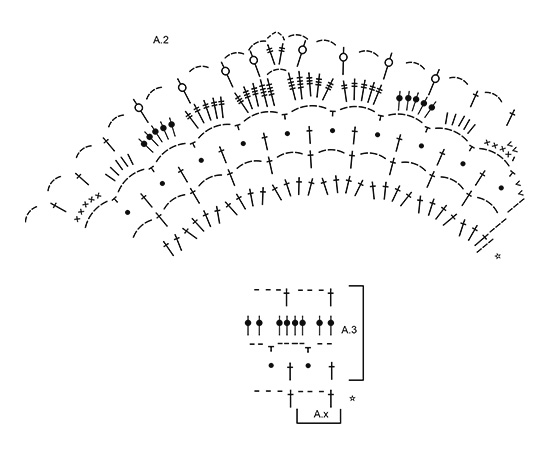
|
||||||||||||||||||||||||||||||||||||||||||||||
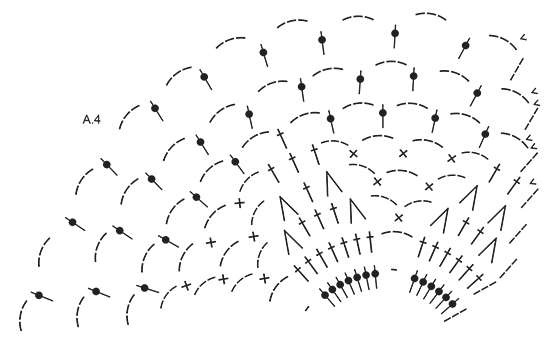
|
||||||||||||||||||||||||||||||||||||||||||||||
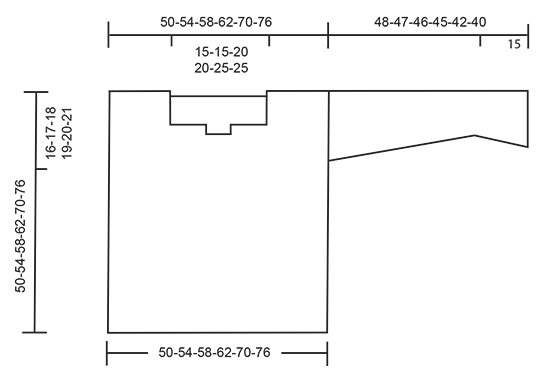
|
||||||||||||||||||||||||||||||||||||||||||||||
Have you finished this pattern?Tag your pictures with #dropspattern #janissweater or submit them to the #dropsfan gallery. Do you need help with this pattern?You'll find 16 tutorial videos, a Comments/Questions area and more by visiting the pattern on garnstudio.com. © 1982-2025 DROPS Design A/S. We reserve all rights. This document, including all its sub-sections, has copyrights. Read more about what you can do with our patterns at the bottom of each pattern on our site. |
||||||||||||||||||||||||||||||||||||||||||||||








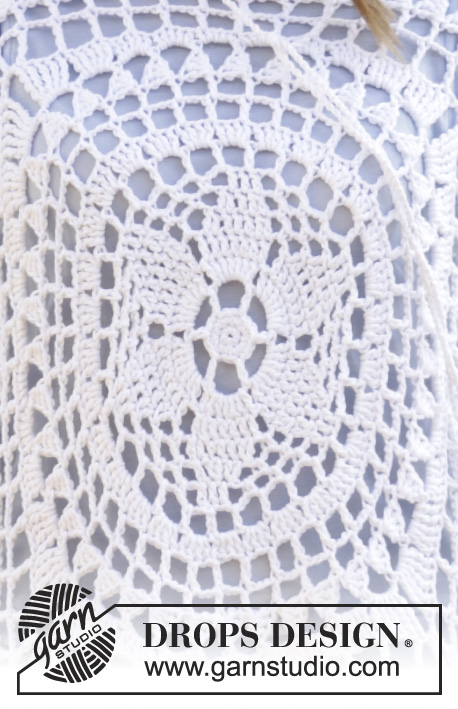





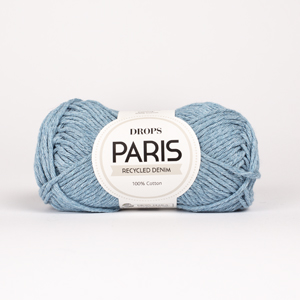


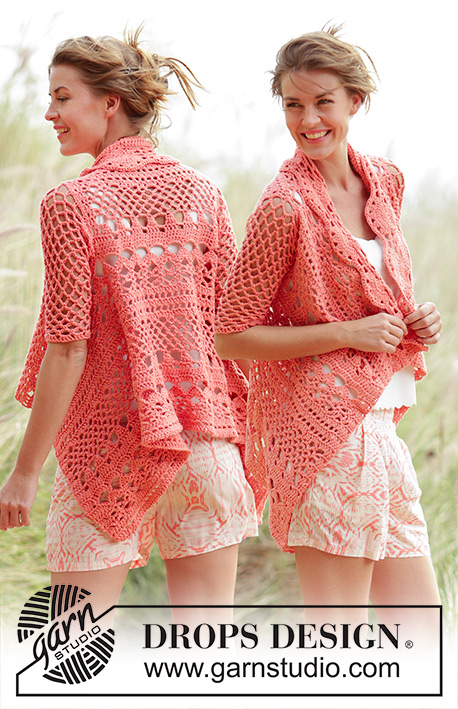















































Post a comment to pattern DROPS 170-2
We would love to hear what you have to say about this pattern!
If you want to leave a question, please make sure you select the correct category in the form below, to speed up the answering process. Required fields are marked *.